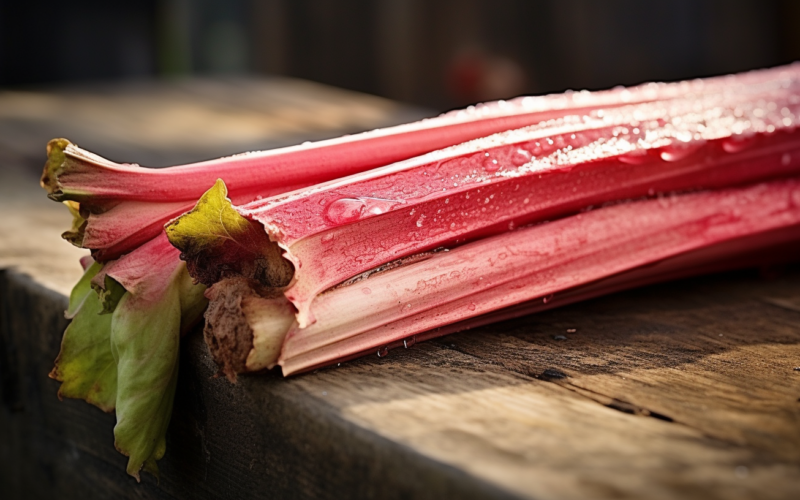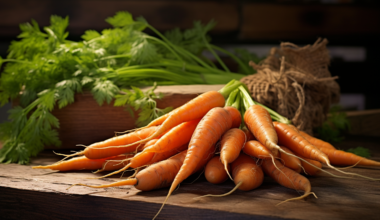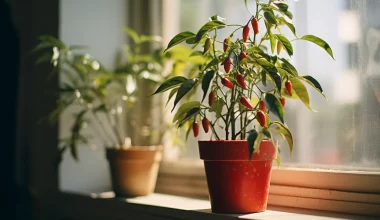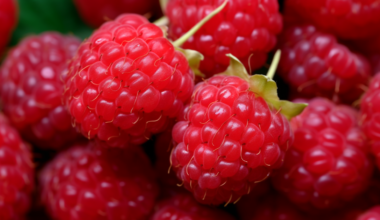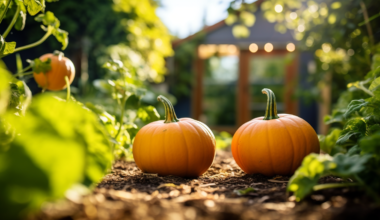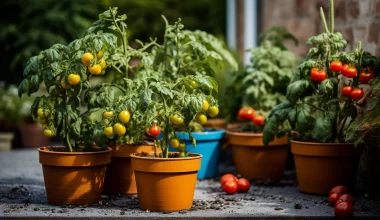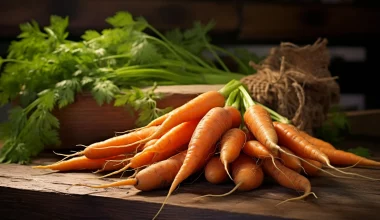Known for its tart flavour and rosy-red colour, rhubarb can be a delightful addition to your garden and your dinner table. This hardy perennial is surprisingly easy to grow, even in the unpredictable UK weather. Here’s a detailed guide on how to grow rhubarb at home and whip up some exciting dishes with your home-grown harvest.
Rhubarb: An Introduction
Originating from Siberia, rhubarb is well-suited to the UK’s climate. It’s often thought of as a fruit, but it’s actually a vegetable! The stalks are the only edible part – remember, rhubarb leaves are toxic due to their high oxalic acid content.
Choosing the Right Rhubarb Variety
There are several varieties of rhubarb, each with its unique features. Here are a few popular ones in the UK:
- Timperley Early: This variety produces tender stalks from early spring.
- Victoria: An old favourite, ‘Victoria’ is known for its high yield and reliability.
- Raspberry Red: True to its name, this variety offers deep red stalks and a deliciously tart taste.
Getting Started: Planting Rhubarb
Rhubarb is best grown from crowns or budded pieces, available from garden centres. Here are the steps to plant rhubarb:
- Choosing the Spot: Rhubarb thrives in full sun or light shade. Choose a spot with well-drained soil, enriched with plenty of organic matter.
- Planting the Crown: Dig a spacious hole, place the rhubarb crown with the top just at or above the soil surface, and then backfill with soil.
Nurturing Your Rhubarb: Care Tips
Caring for your rhubarb plant is a rewarding experience. Here are a few tips:
- Watering: Regular watering is crucial, especially during dry spells. However, avoid waterlogging the soil.
- Feeding: An annual top-dressing with well-rotted manure or compost can help boost the growth.
- Splitting Crowns: Over time, rhubarb crowns may become congested. Splitting them every 5-6 years during winter can rejuvenate the plant.
Harvest Time: Picking and Using Rhubarb
You should ideally wait until the second year after planting to begin harvesting. Here’s how:
- When: Harvest in spring and early summer when the stalks are about 30cm long. Avoid picking in the first year to let the plant establish itself.
- How: Pull each stalk from the base of the stem and twist it off. Never take more than half the stalks at once.
Culinary Uses: Delicious Dishes with Rhubarb
Now for the most fun part – using your home-grown rhubarb! Here are some classic and unique ideas:
- Rhubarb Crumble: A classic British dessert, pair your rhubarb with apple or strawberry for a delicious twist.
- Rhubarb Compote: Great as a topping for yoghurt, pancakes, or ice cream.
- Rhubarb Chutney: An unusual yet delicious accompaniment to cheese and crackers.
By following this guide on how to grow rhubarb, you can relish the thrill of growing your own produce. With a little effort, you can enjoy a bountiful harvest and whip up some mouth-watering rhubarb dishes.
